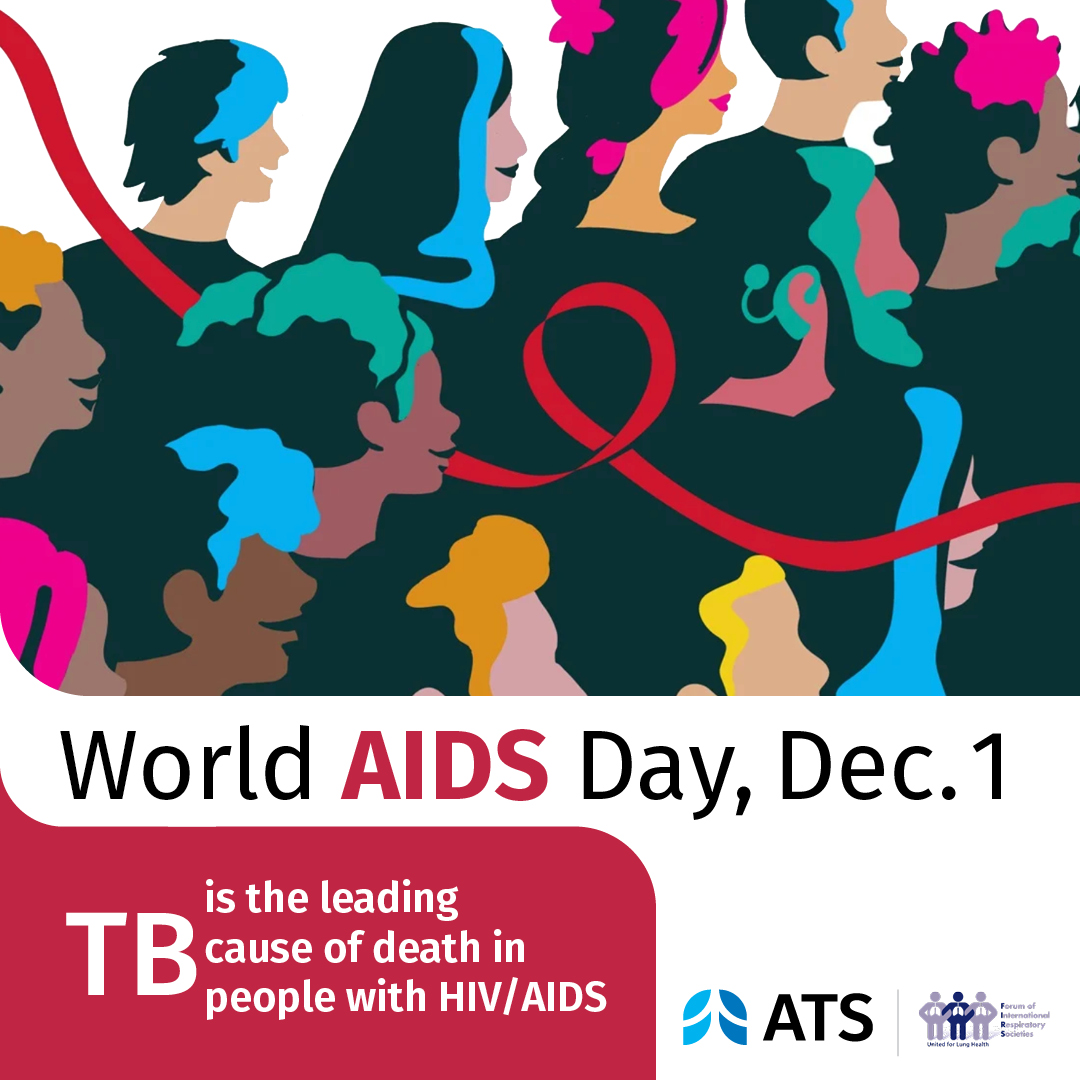Cape Town, Glenview, Lausanne, Montevideo, New York, Paris, Tokyo, March 24, 2015 – The global TB prevalence rate, defined as the number of individuals living with TB disease per every 100,000 people, is decreasing more slowly now than at any time since the year 2000, according to data reported annually by the World Health Organization (WHO). The years 2012-2013 (the most recent years for which data are available) saw the slowest reported decline in global TB prevalence in 15 years.
And the decrease in prevalence rate over the last five years (2008-2013) was consistently slower than in the five years previous (2003-2008). Moreover, 2013 was the first year since 2000 in which there was no decrease in the global TB mortality rate, defined as number of deaths caused by TB per 100,000 people. Also of concern, recent estimates suggest that the burden of childhood TB is much larger than previously recognised with more than 610 000 children annually developing disease.
“These trends should serve as a wake up call that we’re seeing diminishing returns in the global fight against TB,” said Prof Heather Zar, Chair of FIRS. “TB is a contagious airborne disease that kills more than a million people a year, and it’s becoming increasingly resistant to the antibiotics used to treat it. It needs to be a public health priority. But for years, people working on the front lines fighting this disease have had to make due with a fraction of the resources they need to do their jobs and protect the public.”
Of the 9 million people who develop TB each year, approximately 3 million of them go without being diagnosed and without receiving treatment, according to WHO. WHO also estimates that 480,000 people develop multidrug-resistant TB (MDR-TB) annually—defined as TB that is resistant to at least the two key antibiotics isoniazid and rifampicin. Since first reported in 2006, 100 countries have reported cases of extensively drug resistant TB, which is resistant to multiple “second line” drugs reserved specifically to treat drug-resistant cases. There is slow progress in tackling drug-resistant TB. Three out of four people who develop drug-resistant TB each year go without a diagnosis, and only 97,000 patients were started on MDR-TB treatment last year.
“TB may be fatal without treatment, especially in young children or immunocompromised individuals. It is spread through the air. It’s a scandal that one in every three people who develops the disease is never even diagnosed. Over the last decade alone, political neglect has left literally millions to suffer or die from TB.”
About FIRS
The Forum of International Respiratory Societies (FIRS) is an organization comprised of the world’s leading international respiratory societies working together to improve lung health globally: American Thoracic Society (ATS), American College of Chest Physicians (CHEST), Asociación Latino Americana De Tórax (ALAT), Asian Pacific Society of Respirology (APSR), European Respiratory Society (ERS), International Union Against Tuberculosis and Lung Diseases (The Union) and the Pan African Thoracic Society (PATS). The goal of FIRS is to unify and enhance efforts to improve lung health through the combined work of its more than 70,000 members globally.
About World TB Day
World TB Day, which falls on March 24, was launched in 1982 to mark the 100th anniversary of Robert Koch’s discovery of the TB bacillus. The Day is an occasion to educate people about the symptoms of TB; build awareness of the need for resources, including new TB diagnostic tools and drugs; and celebrate the survival of those who have recovered.
|
Global TB Prevalence and Mortality Rates. Source: World Health Organization 2014 Global Tuberculosis Control Report |
|||
|
Year |
Prevalence Rate* |
Annual Change |
Mortality Rate** |
|
1990 |
267 |
29 |
|
|
1991 |
267 |
0 |
29 |
|
1992 |
267 |
0 |
29 |
|
1993 |
267 |
0 |
29 |
|
1994 |
267 |
0 |
29 |
|
1995 |
267 |
0 |
29 |
|
1996 |
266 |
-1 |
29 |
|
1997 |
264 |
-2 |
29 |
|
1998 |
261 |
-3 |
29 |
|
1999 |
257 |
-4 |
28 |
|
2000 |
253 |
-4 |
28 |
|
2001 |
247 |
-6 |
27 |
|
2002 |
240 |
-7 |
26 |
|
2003 |
233 |
-7 |
25 |
|
2004 |
225 |
-8 |
24 |
|
2005 |
217 |
-8 |
23 |
|
2006 |
208 |
-9 |
22 |
|
2007 |
200 |
-8 |
21 |
|
2008 |
192 |
-8 |
20 |
|
2009 |
184 |
-8 |
19 |
|
2010 |
177 |
-7 |
18 |
|
2011 |
170 |
-7 |
17 |
|
2012 |
164 |
-6 |
16 |
|
2013 |
159 |
-5 |
16 |
|
*Number of people with tuberculosis per 100,000 |
|||
|
**Number of people who die from TB per 100,000 |
|||
|
Mortality figures do not include people with TB who are HIV-positive. |
|||




